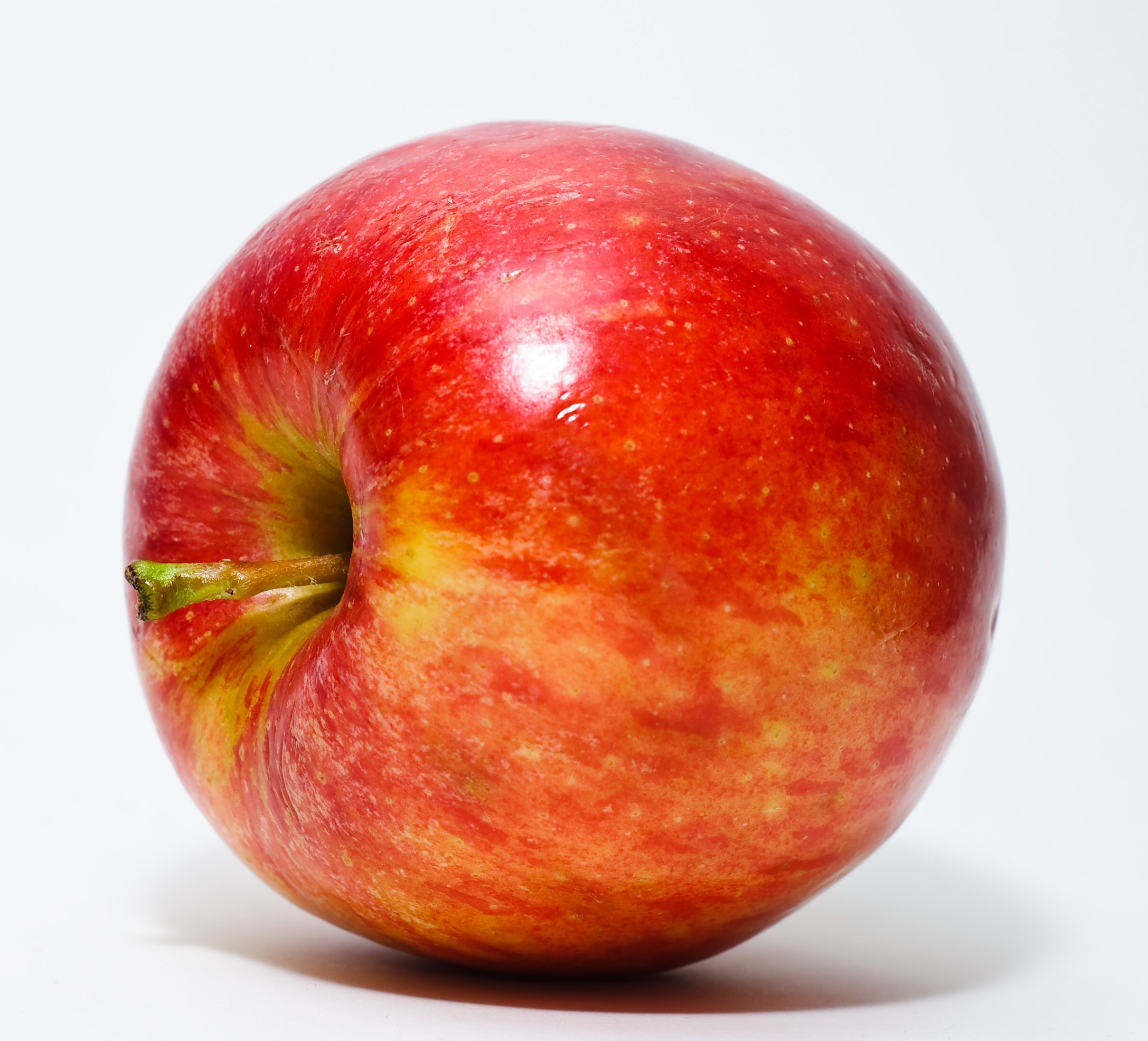
The Rise and Fall of the (Once) Red Delicious Apples
If you’re like most people, when looking for apples among the plethora of offerings at your local supermarket, perhaps you choose the most visually appealing.
You may have noticed that in comparison with varieties that may be smaller, slightly mottled or have a brown spot or two, the Red Delicious easily wins the blue ribbon for best looking.
February 20, 2016 | Source: Mercola | by Dr. Mercola
If you’re like most people, when looking for apples among the plethora of offerings at your local supermarket, perhaps you choose the most visually appealing.
You may have noticed that in comparison with varieties that may be smaller, slightly mottled or have a brown spot or two, the Red Delicious easily wins the blue ribbon for best looking.
Your first bite, however, might remind you that apples are one more thing you can’t judge by first appearances. The gorgeous apple that for 70 years was everybody’s first choice for lunchboxes and teachers’ desks has literally fallen by the wayside.
While they look fantastic in a fruit basket, Red Delicious apples are usually the last ones to be eaten, if eaten at all. For quite a while, most kids didn’t even know what an apple was supposed to taste like.
“What happened?” you might ask.
It was America’s captivation with flawless perfection that drove ambitious horticulturists of the early 20th century to relentlessly, collectively and literally breed this popular apple variety out of existence. It’s a story with a lesson for us all.
Where the Red Delicious Sprouted
Jesse Hiatt planted apple seedlings in two rows on his Iowa farm in the late 1870s. This particular time, a mutation formed, which he chopped down — two years in a row. The third year, he decided to let it grow. He nurtured the tree for a decade before the first apple was produced.
A savvy apple guy, Hiatt had already developed varieties that he’d named the Hiatt Sweet and the Hiatt Black. He liked the new, mutant apple’s red and yellow streaks as well as its crisp, juicy flavor. He dubbed it the Hawkeye.
Hiatt spent the next decade promoting his tasty creation, the “best tasting apple in the whole world.” This proved true when the Hawkeye won a nation-wide taste test sponsored by a nursery in Louisiana, which later purchased rights to the strain.
The apple’s new title-holder, Clarence Stark, aggressively touted it as the “Delicious,” a morph, he said, between the Bellflower and Winesap species. It was christened the Red Delicious only after Stark’s Yellow Delicious was marketed in 1914.
After he spent a quarter-million dollars advancing his apple as far as the 1904 World’s Fair in St. Louis, Stark arranged train shipments of Red Delicious trees to orchards cropping up throughout the fertile Columbia River Valley.
But unfortunately, the shiny new prospects of the Red Delicious were destined for multiple breeding “improvements” that had unintended consequences.
